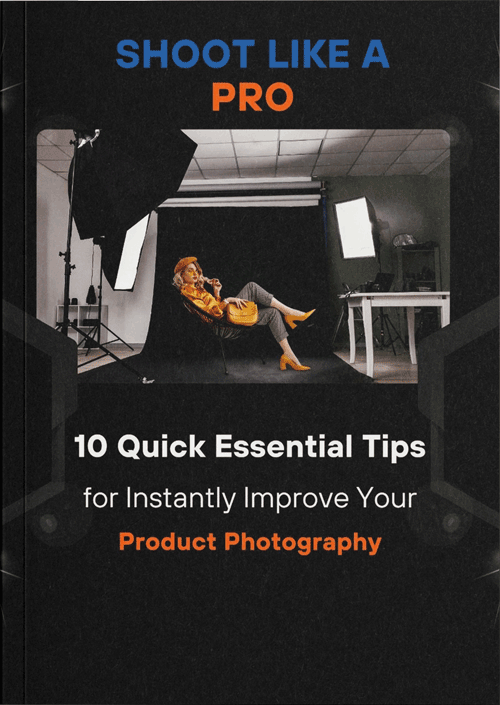Your designs may display professionalism, realism, and depth with the correct drop shadow service, drawing viewers in from the start. When creating graphics for websites, marketing advertisements, or product photos, an effective drop shadow can really bring your photographs to life.
By entrusting your drop shadow needs to experienced professionals, you can ensure that every aspect of the shadow – from its angle and opacity to its softness and color – is tailored to perfection. It’s the way to add that professional touch, elevating your design game and setting your work apart from the ordinary.
Understanding Drop Shadows
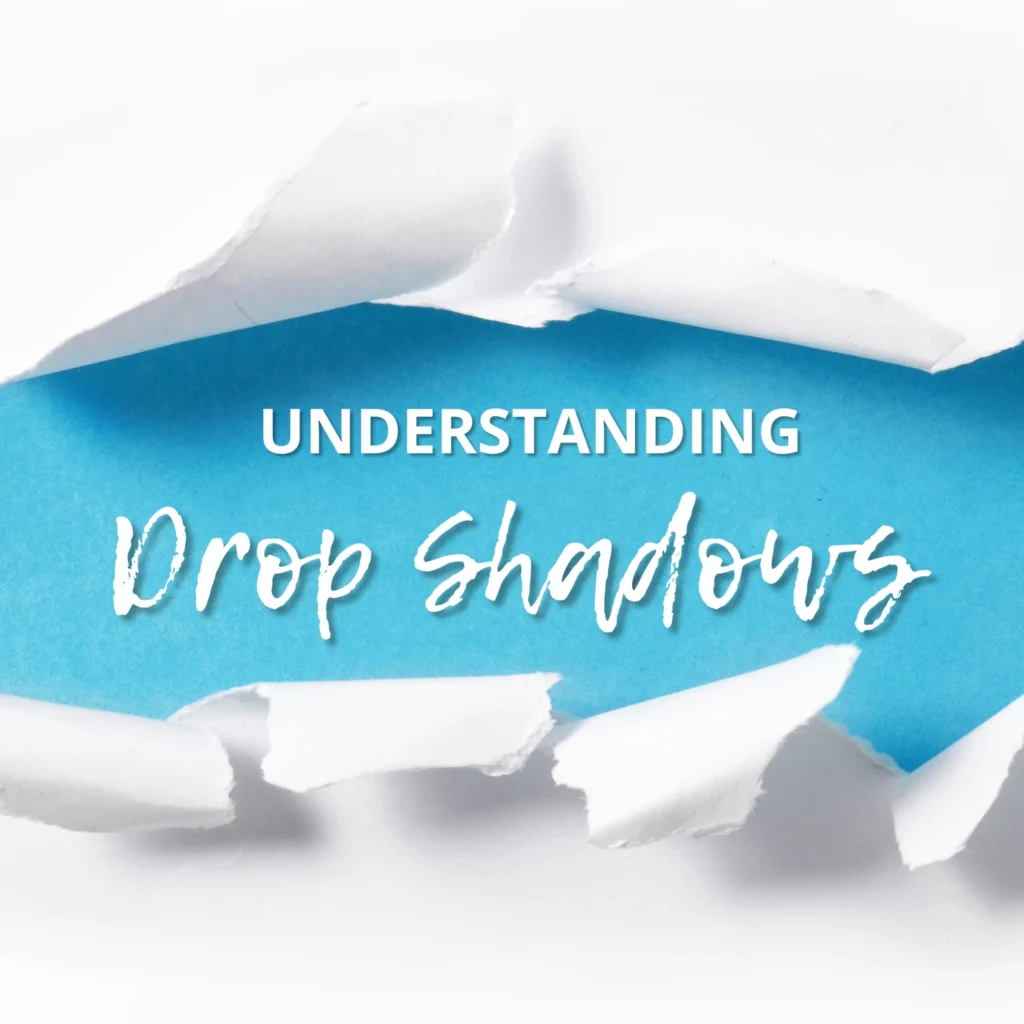
What is a Drop Shadow?
- A drop shadow is a visual effect that gives the illusion of a shadow behind an object, making it appear elevated from its background.
Purpose of Drop Shadows:
- Enhances visibility and depth.
- Provides a sense of realism.
- Emphasizes the separation between objects.
Key Elements of a Drop Shadow
Opacity:
- Adjust the transparency of the shadow to make it subtle or prominent.
Blur:
- Vary the amount of blur to control the softness or sharpness of the shadow.
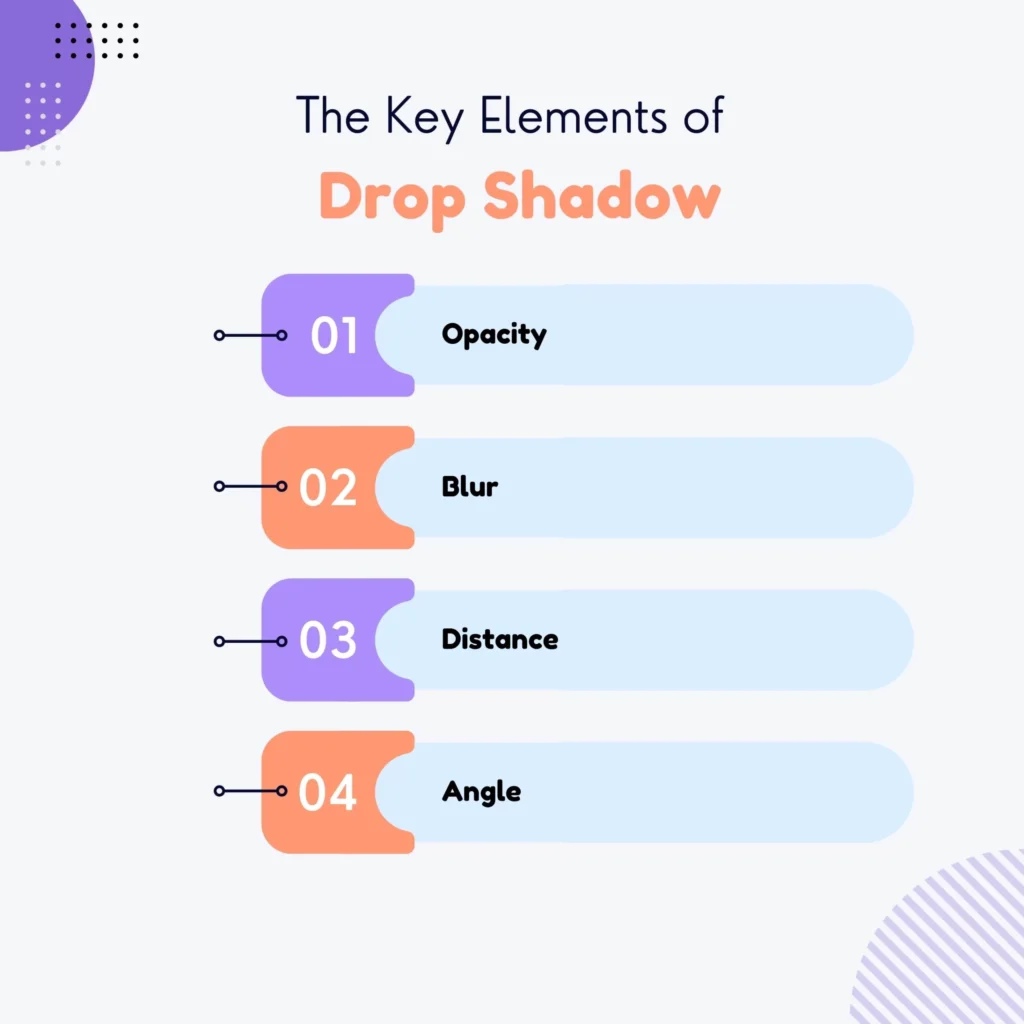
Distance:
- Set the distance between the object and the shadow to control the perceived light source.
Angle:
- Determine the direction of the light source to maintain consistency throughout the design.
Different types of drop shadow techniques
Let’s explore these drop shadow techniques
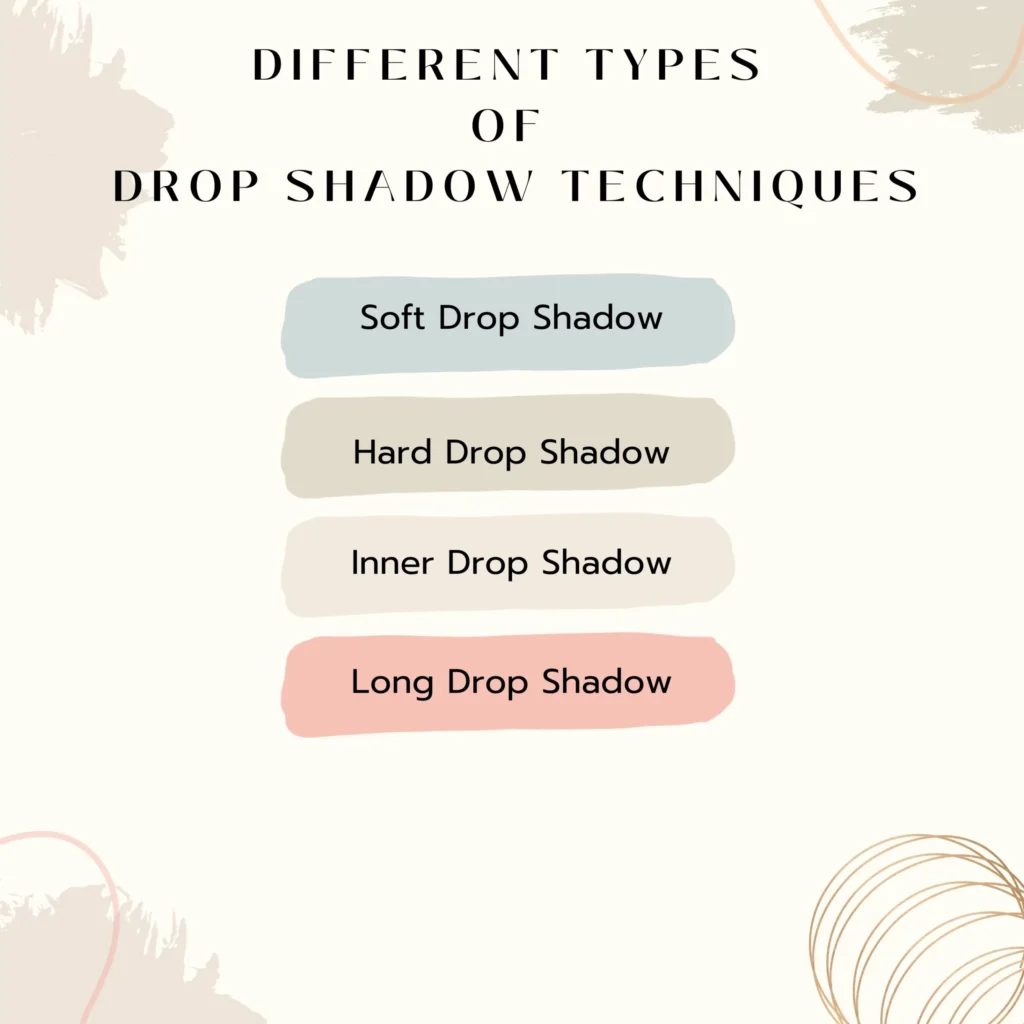
Soft Drop Shadow:
- Creates a smooth, subtle shadow for depth and realism.
Hard Drop Shadow:
- Sharp-edged for a bold and attention-grabbing effect.
Inner Drop Shadow:
- Places the shadow inside the object for depth illusion.
Long Drop Shadow:
- Extends the shadow for a dynamic, stretched effect.

Tools and software for drop shadow service
Several tools and software are available for creating drop shadow effects, catering to different needs and preferences. Here are some popular options:
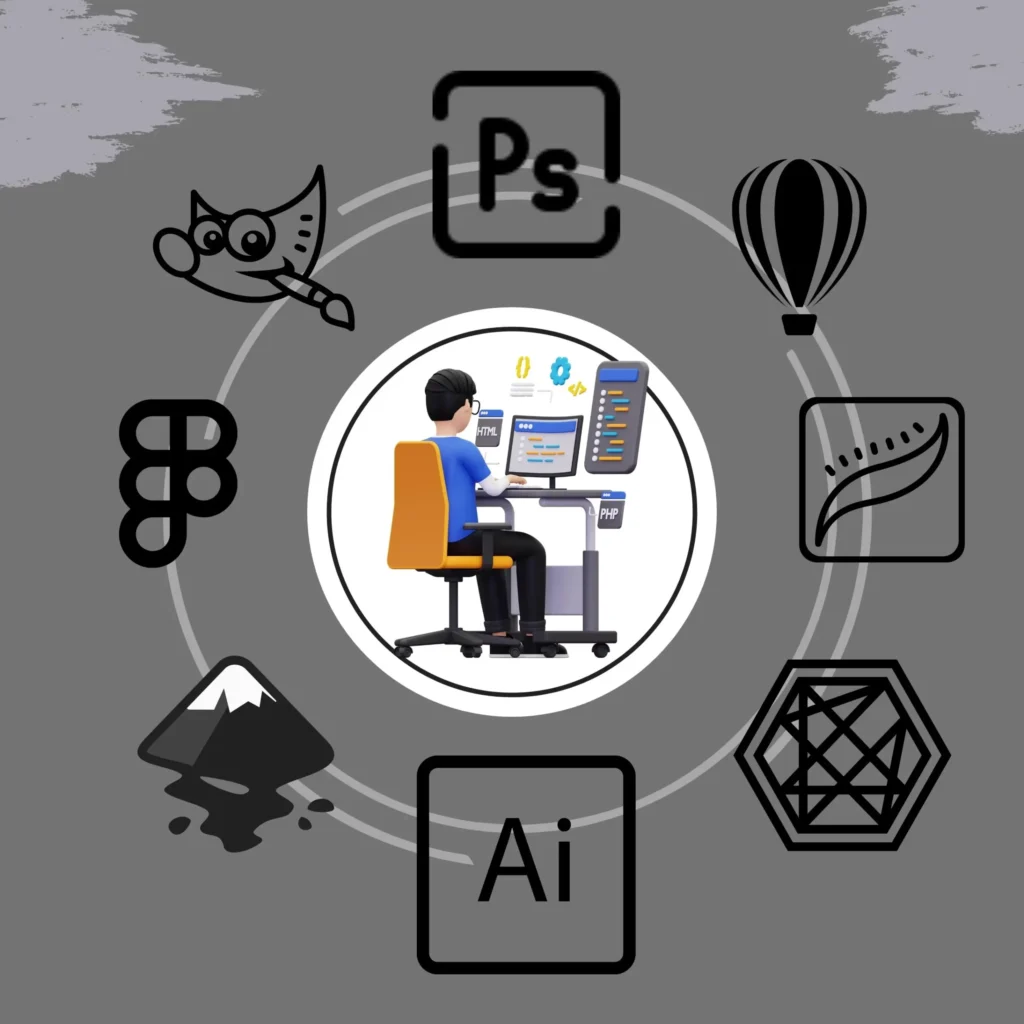
- Adobe Photoshop
- Adobe Illustrator
- GIMP
- CorelDRAW
- Sketch
- Figma
- CSS (for Web Development)
- Canva
- Inkscape &
- Procreate (for iPad)
Science Behind Drop Shadow Service in Graphic Design
- Light Source: Understand the direction, intensity, and color of the light source in the design. Shadows should align with the light direction.
- Size and Distance: The size of the shadow is influenced by the distance between the object and the background.
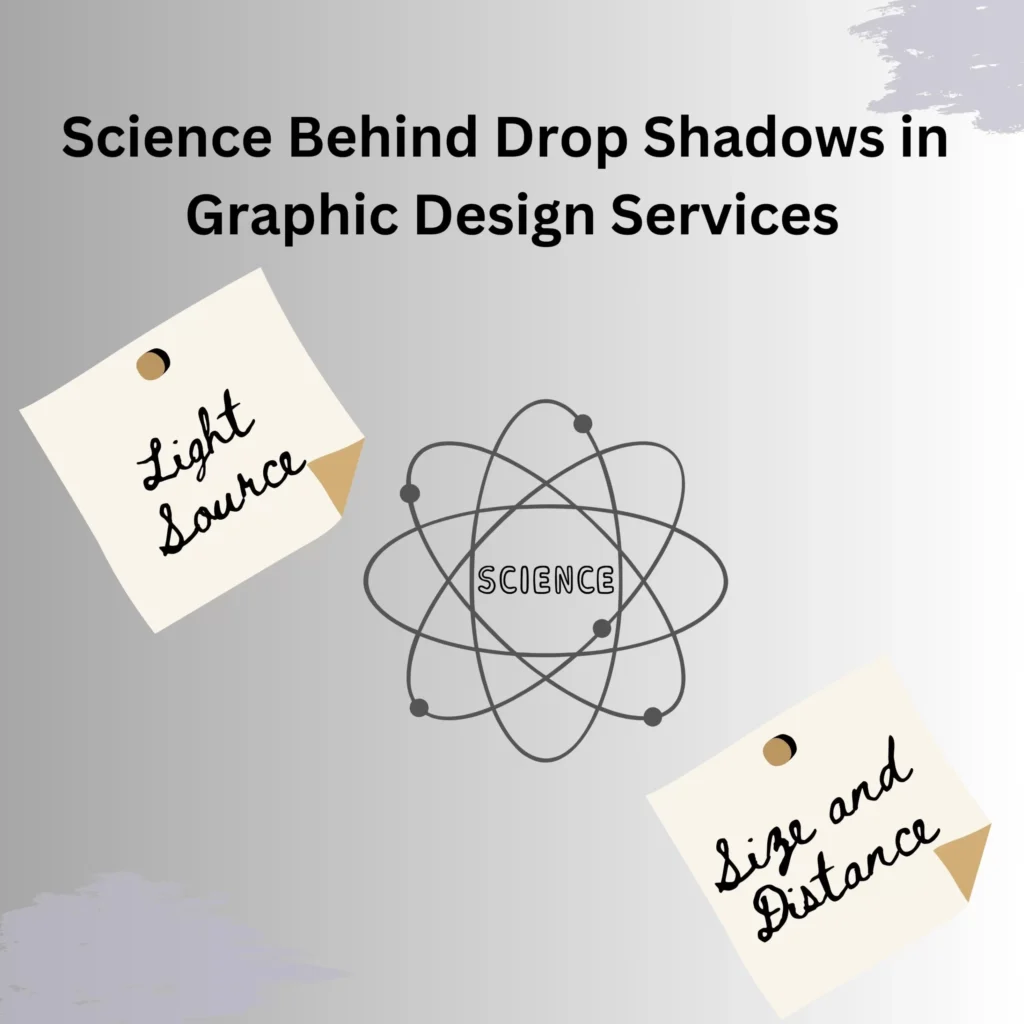
Best Practices for Drop Shadow Services
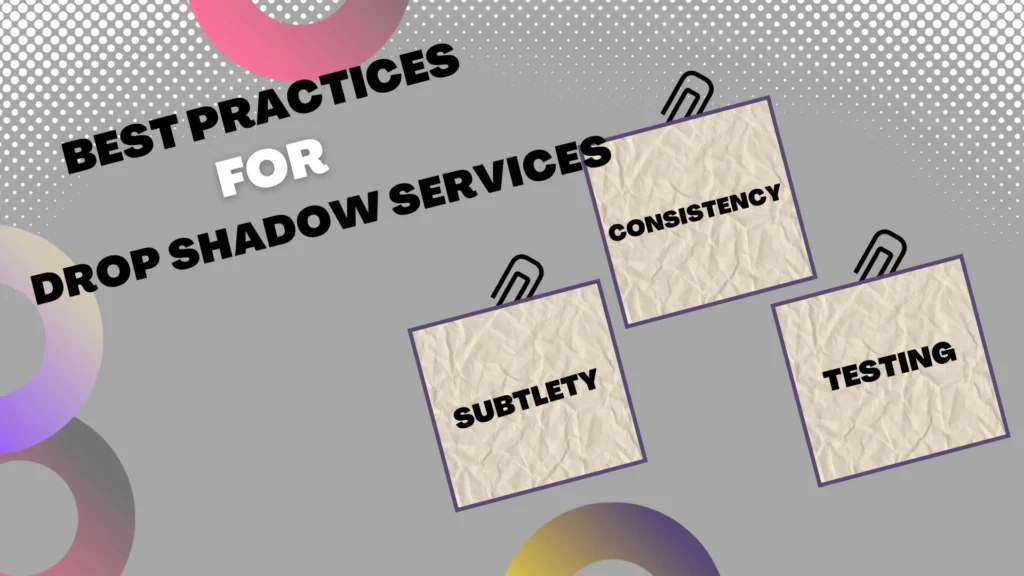
- Consistency: Maintain a consistent style for drop shadows throughout the design for a cohesive look.
- Subtlety: Avoid overly pronounced shadows that can distract from the main elements of the design.
- Testing: Experiment with different shadow settings to find the optimal balance for your specific design.
Common mistakes to avoid when using drop shadow in design
While drop shadows can be a powerful tool in design, there are some common mistakes that designers should avoid:
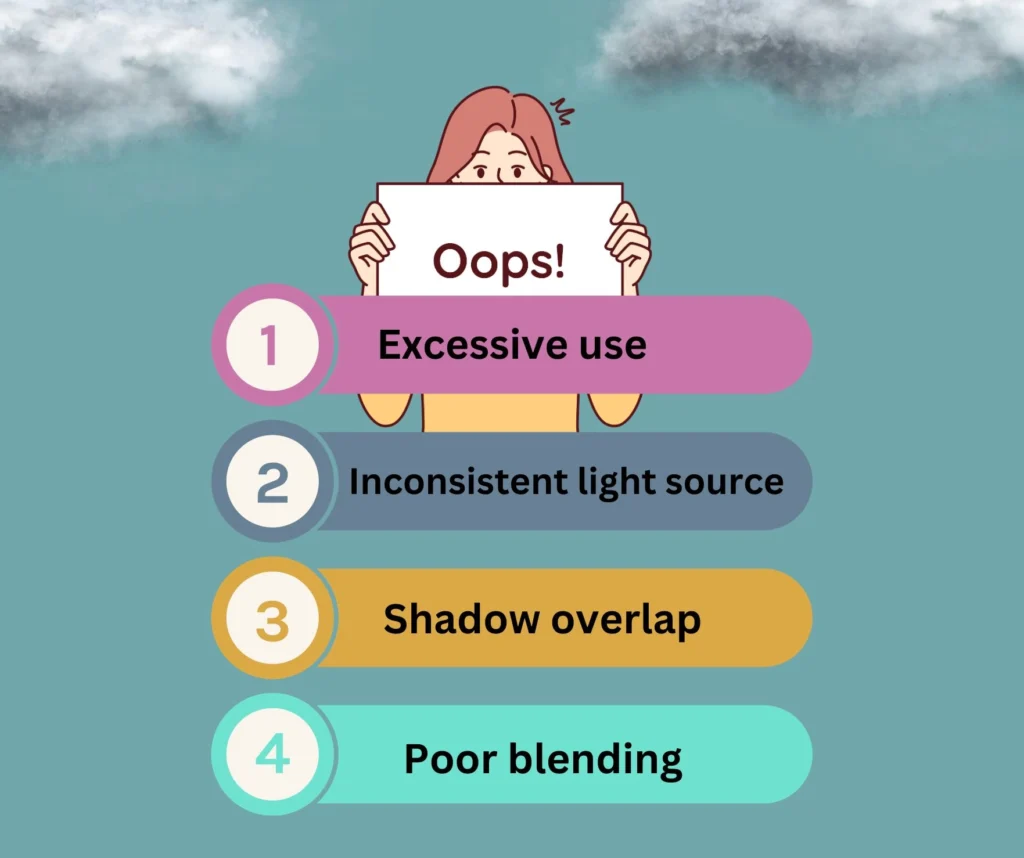
1. Excessive use: Using drop shadows too liberally can result in a cluttered and unprofessional design. Instead, use drop shadows strategically to highlight specific elements or create depth.
2. Inconsistent light source: Make sure the direction and intensity of the drop shadow align with the light source in the design. Inconsistent shadows can make the design appear unnatural and confusing.
3. Shadow overlap: Be careful that the shadows projected by different objects don’t appear to be disconnected or to overlap with one another. A disorganized and unkempt appearance may result from this.
4. Poor blending: To give the impression of a natural shadow, the drop shadow should blend in perfectly with the object. Avoid using harsh or unrealistic colors that clash with the overall design. By being aware of these common mistakes, you can create drop shadows that enhance your designs and elevate the overall visual appeal.
Examples of drop shadow in design projects
To better understand how drop shadows can be used effectively, let’s explore some examples in different design projects:
1. Website design: Drop shadows can be used to create a sense of depth and hierarchy in website designs. By applying shadows to buttons, menus, or images, designers can guide users’ attention and improve the overall user experience.
2. Print design: In print design, drop shadow service can add depth and dimension to static images. For example, in a magazine layout, a drop shadow can make an image pop off the page and create a more engaging visual experience.
3. Logo design: Drop shadows can be used to make a logo appear more three-dimensional and visually appealing. By adding a subtle shadow beneath or behind a logo, designers can make it stand out and leave a lasting impression.
4. Social media posts: Drop shadows can be used to create eye-catching and shareable social media graphics. By adding a drop shadow to text or images, designers can make the content more visually appealing and increase engagement. These examples show the versatility of drop shadows in different design contexts. By understanding how to effectively apply drop shadows, you can enhance your designs and make them more impactful across various mediums.
Outsourcing drop shadow service vs. DIY approach
Choosing whether to outsource drop shadow services or take a DIY approach is a decision designers often face. Outsourcing offers time savings and access to specialized expertise, allowing designers to focus on core tasks. It’s beneficial for complex projects.
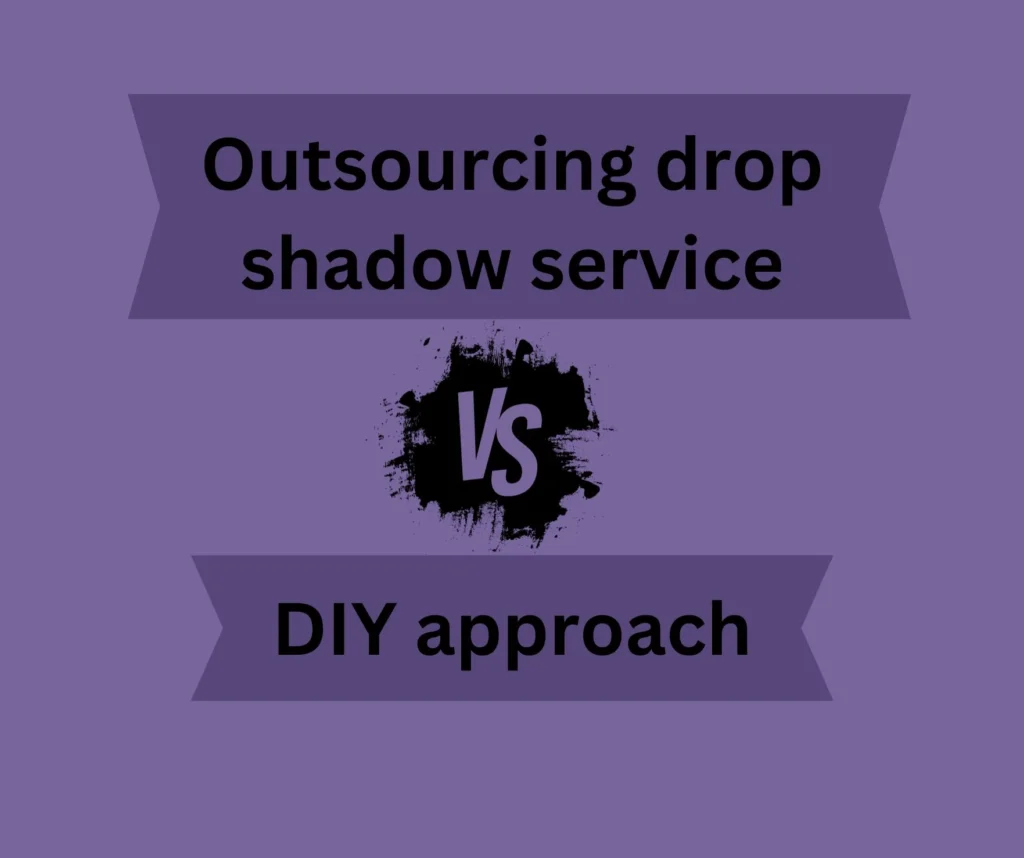
On the flip side, a DIY approach can be cost-effective, especially for smaller projects. However, it requires time and learning investment. The choice depends on project needs, resources, and budget, with a balance between efficiency and cost considerations.
Challenges in Providing Drop Shadow Services

- Performance: In web design, excessive use of drop shadows can impact page loading times, so it’s essential to optimize for performance.
- Accessibility: Ensure that the drop shadows do not hinder readability or accessibility for users with visual impairments.
Conclusion: The impact of drop shadow in design aesthetics and brand identity
In conclusion, drop shadows are design magic! They jazz up your visuals, add depth, and make everything look super sleek. By playing with different drop shadow tricks, designers can create depth, highlight key bits, and make the user experience way cooler.
Understanding why and how to use drop shadows lets designers make smart choices. But watch out for pitfalls like using them too much or having wonky light sources – we want the shadows to complement, not steal the show.
Whether outsourcing drop shadow services or going DIY, getting the hang of drop shadows takes practice and a bit of play. With the right moves, designers can whip up designs that turn heads.
Learn about- How to add a drop shadow in Photoshop

